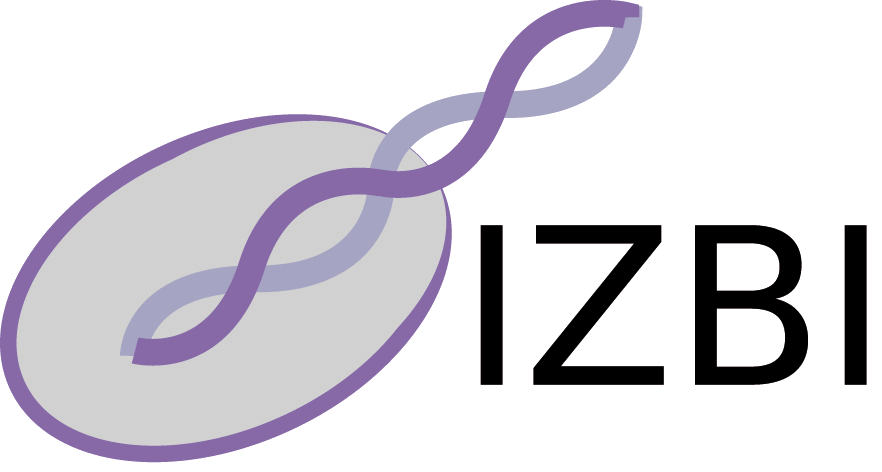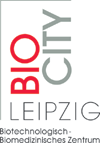Publications - Published papers
Please find below publications of our group. Currently, we list 565 papers. Some of the publications are in collaboration with the group of Sonja Prohaska and are also listed in the publication list for her individual group. Access to published papers ( ) is restricted to our local network and chosen collaborators.
If you have problems accessing electronic information, please let us know:
) is restricted to our local network and chosen collaborators.
If you have problems accessing electronic information, please let us know:
 ) is restricted to our local network and chosen collaborators.
If you have problems accessing electronic information, please let us know:
) is restricted to our local network and chosen collaborators.
If you have problems accessing electronic information, please let us know:©NOTICE: All papers are copyrighted by the authors; If you would like to use all or a portion of any paper, please contact the author.
Computational biology of RNA interactions
Christoph Dieterich, Peter F. Stadler
Download
Status: Published
WIREs RNA, 4: 107–120
Abstract
The biodiversity of the RNA world has been underestimated for decades. RNA molecules are key building blocks, sensors, and regulators of modern cells. The biological function of RNA molecules cannot be separated from their ability to bind to and interact with a wide space of chemical species, including small molecules, nucleic acids, and proteins. Computational chemists, physicists, and biologists have developed a rich tool set for modeling and predicting RNA interactions. These interactions are to some extent determined by the binding conformation of the RNA molecule. RNA binding conformations are approximated with often acceptable accuracy by sequence and secondary structure motifs. Secondary structure ensembles of a given RNA molecule can be efficiently computed in many relevant situations by employing a standard energy model for base pair interactions and dynamic programming techniques. The case of bi-molecular RNA–RNA interactions can be seen as an extension of this approach. However, unbiased transcriptome-wide scans for local RNA–RNA interactions are computationally challenging yet become efficient if the binding motif/mode is known and other external information can be used to confine the search space. Computational methods are less developed for proteins and small molecules, which bind to RNA with very high specificity. Binding descriptors of proteins are usually determined by in vitro high-throughput assays (e.g., microarrays or sequencing). Intriguingly, recent experimental advances, which are mostly based on light-induced cross-linking of binding partners, render in vivo binding patterns accessible yet require new computational methods for careful data interpretation. The grand challenge is to model the in vivo situation where a complex interplay of RNA binders competes for the same target RNA molecule. Evidently, bioinformaticians are just catching up with the impressive pace of these developments.















